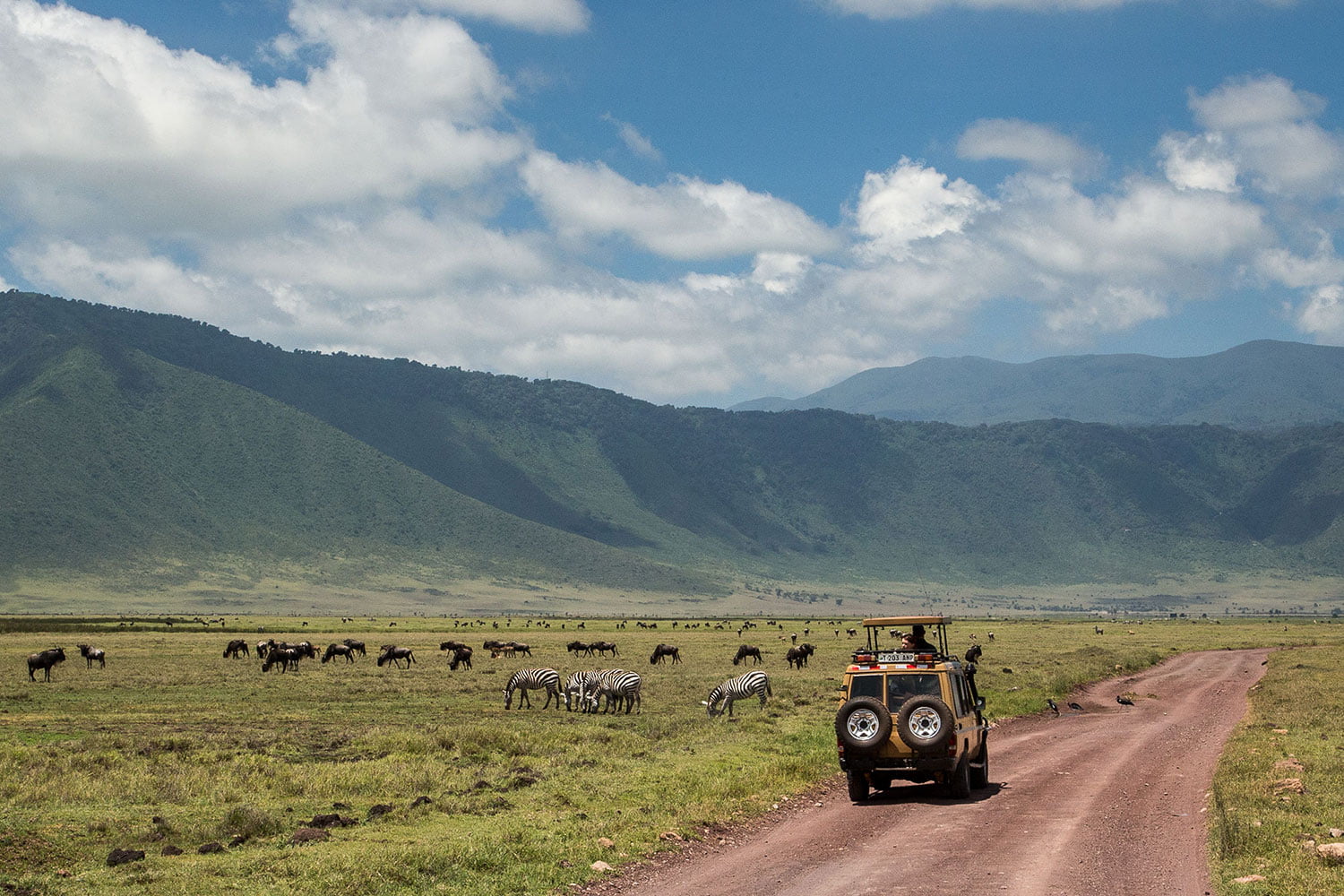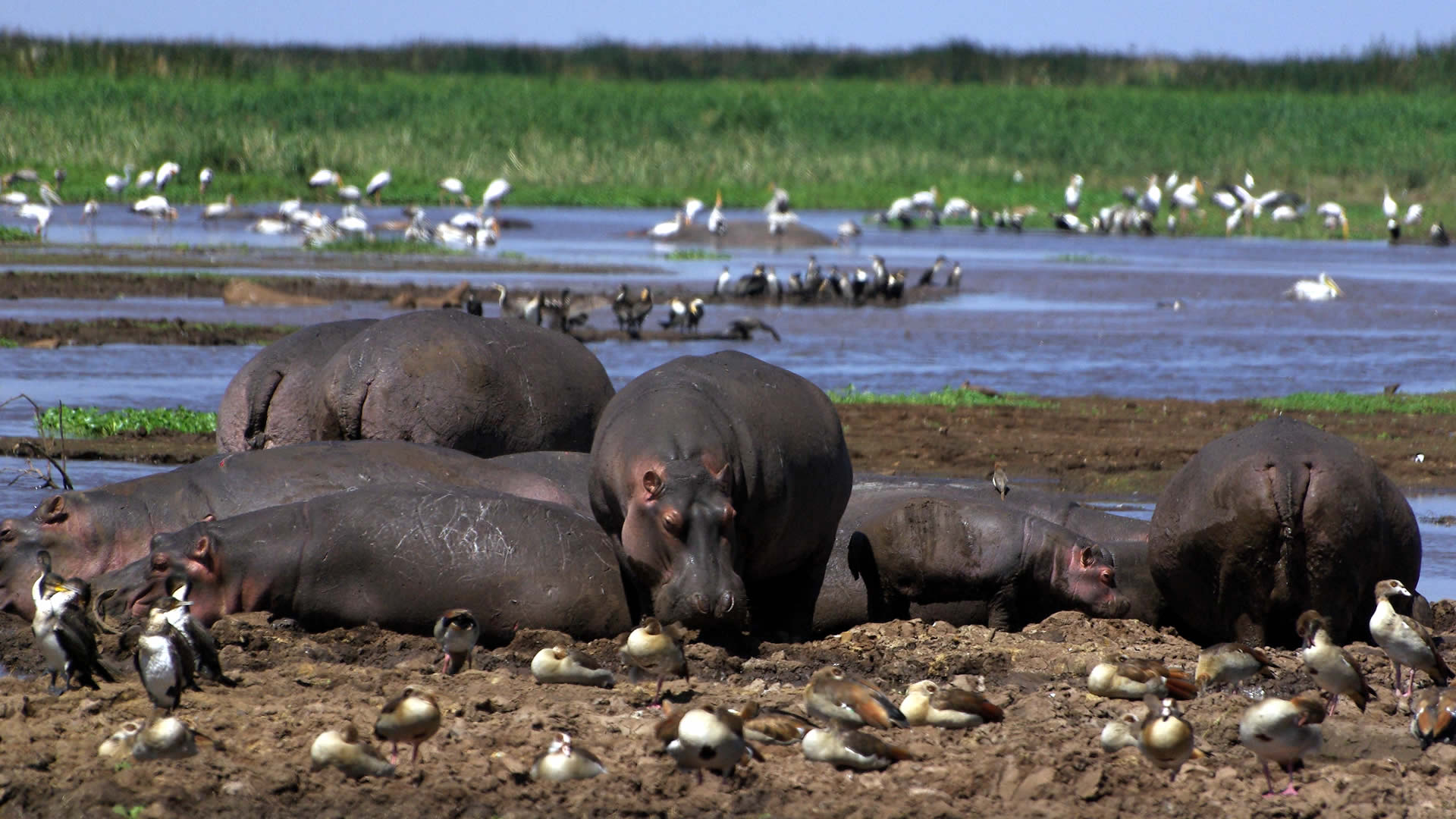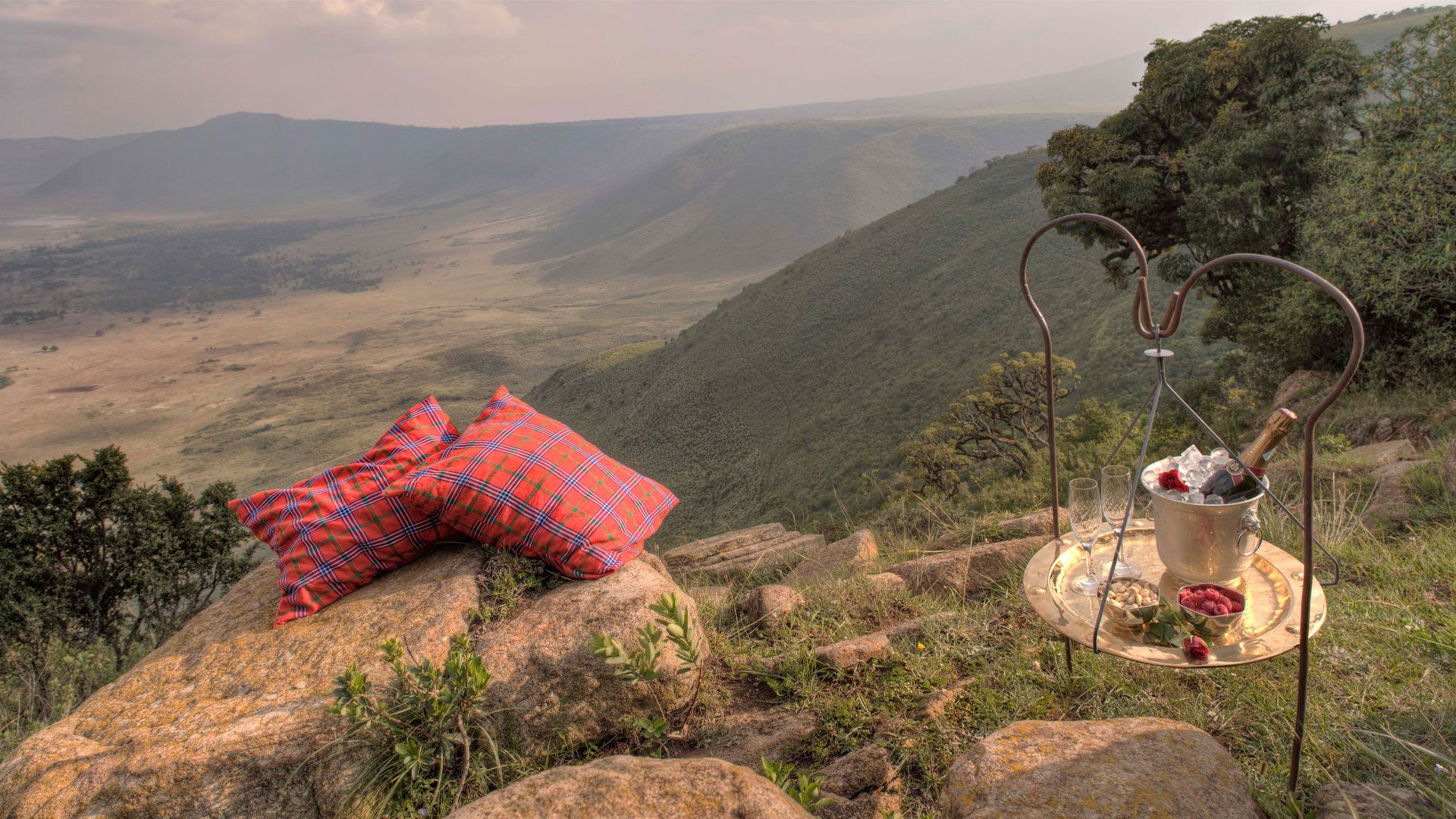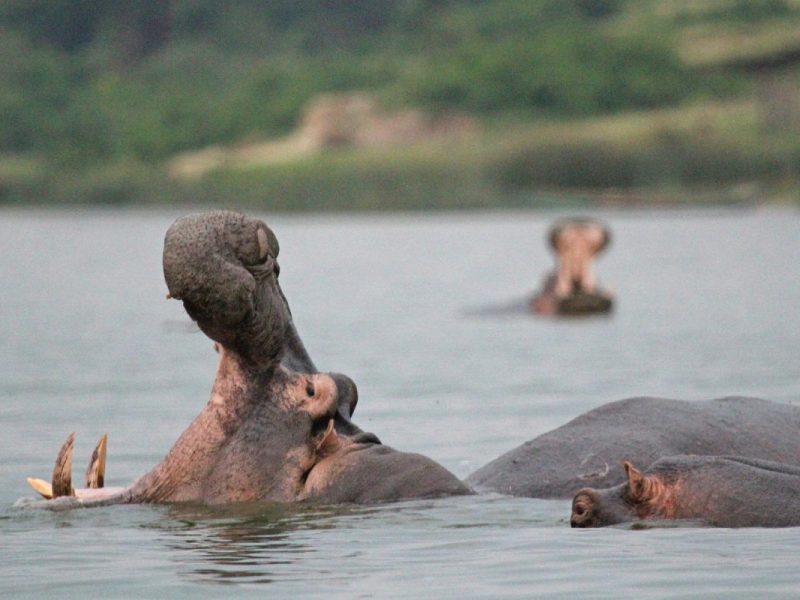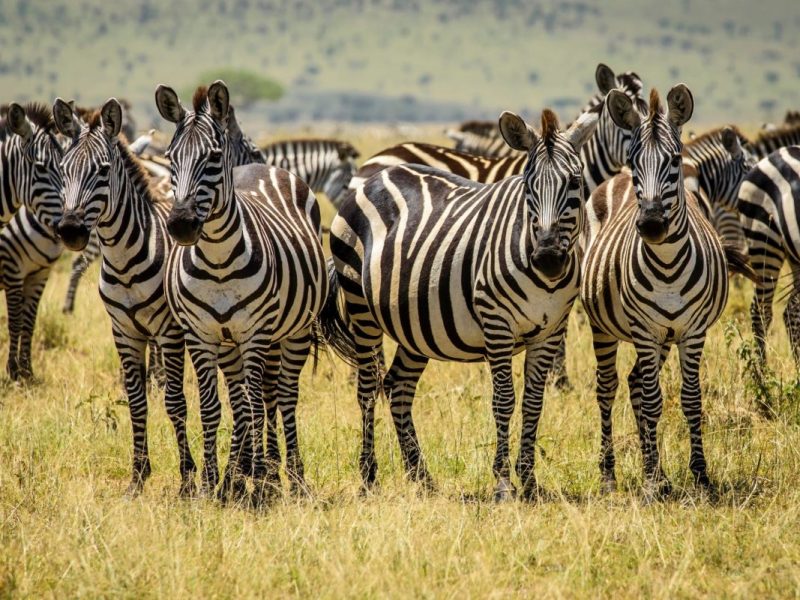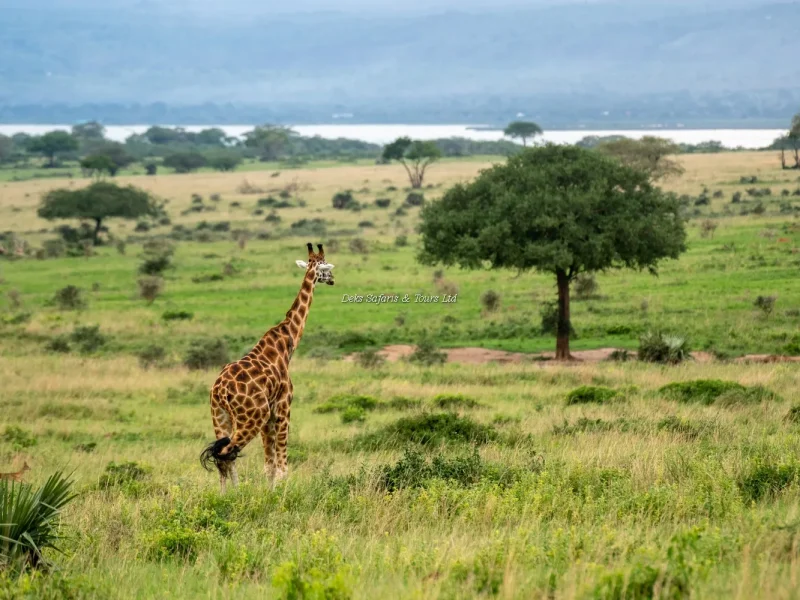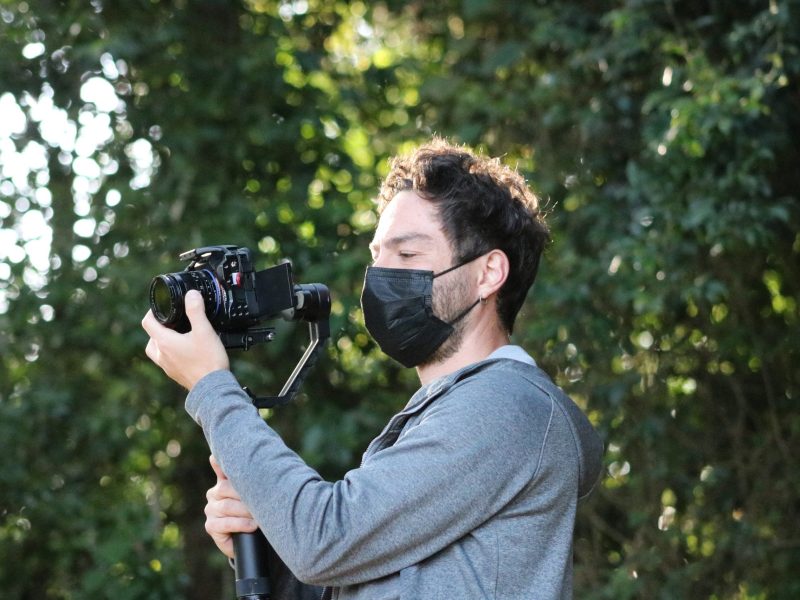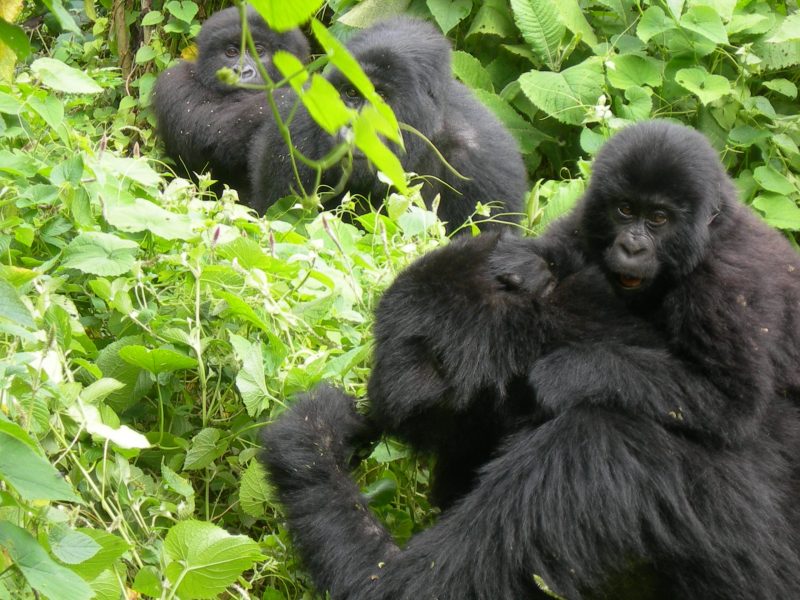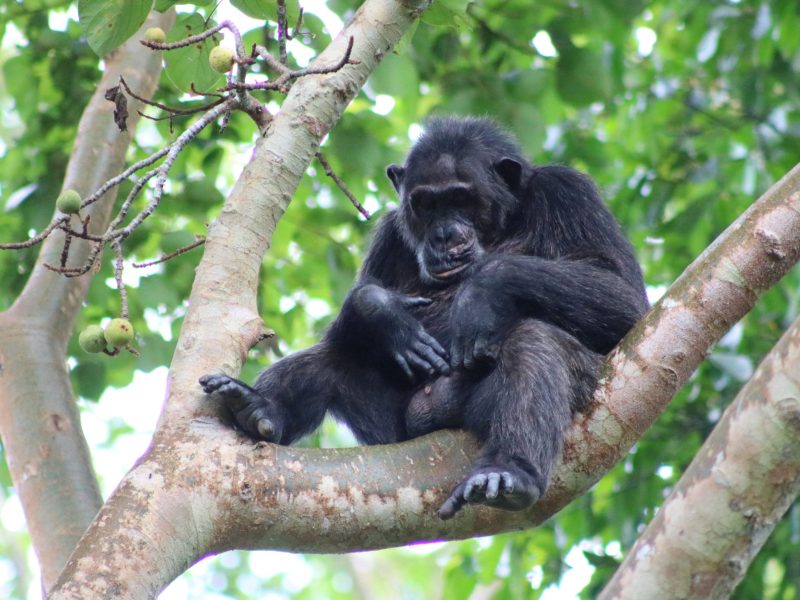Ngorongoro Crater Area | Ngorongoro Conservation Area
Ngorongoro Crater is a very amazing safari destination in Tanzania, not only a true wonder of Africa but also one of the true wonders of the world. The Ngorongoro Conservation Area is located in the northern part of Tanzania’s Northern Safari Park on the Tanzanian Track, about 153 km. west of Tanzania, from the city of Arusha. Ngorongoro Conservation Area is part of the Greater Serengeti Ecosystem at the junction of Ngorongoro Conservation Area and the southern region of Serengeti National Park, bordering Serengeti National Park to the northwest and 100 miles from Manyara.
Lake Manyara National Park is about 50 km away, 213 km from Arusha National Park, and 139 km from Tarangire National Park. The Ngorongoro Conservation Area is a UNESCO World Heritage Site, declared a Site of Global Importance in 1979 and recognized for its uniqueness. Ngorongoro has the largest continuous volcanic crater “Ngorongoro Crater” which is the main feature of the reserve. The Ngorongoro Crater is believed to have been created when a volcano erupted and collapsed on its own about 2 to 3 million years ago and is 2,000 feet deep and 260 square kilometers wide.
Ngorongoro Crater Wildlife
The wonders of Ngorongoro cover an incredible 8,292 square kilometers and the region is home to some of Tanzania’s largest and most impressive sights, such as Oldupai, or Olduvai Gorge, which is commonly referred to as the cradle of mankind, and this archaeological site was the first remnant of human evolution discovered on Earth in the 1950s by paleoanthropologists Louis and Mary Leake. This canyon is a great reason to visit Tanzania Safari’s Ngorongoro Crater Area for an archaeological safari. Other archaeological sites in Ngorongoro include Nasera Rock, Laetoli Footprints, and Olduvai Gorge Museum.
Wildlife and Birds
Ngorongoro Crater Area is home to a variety of unique wildlife and birds that inhabit the crater floor, and Ngorongoro has recorded about 115 species of animals, with more than 25,000 species of large mammals, including more than 1.7 million. wildebeest, 260,000 zebras, 470,000 gazelles, endangered black rhinos, colossi, lions, cheetahs, caracals, servals, African wild cats, African wild dogs, hyenas, African golden wolves, giraffes, impalas and more. Wildebeest, zebras, and gazelles calve in the short grasslands of the Ndutu region during the annual wildebeest migration.
More than 500 bird species have been recorded in Ngorongoro Crater Area, including migratory, resident, and waterfowl, including little terns, European swallows, European plovers, northern wheatears, walruses, pallid ducks, leeches Sea Field wood duck, Montague’s harrier, Rose-breasted long-breasted, a large flock of European storks, ostrich, tern, secretary bird, gray crowned crane, ground ant lark, tawny lark, cap, Fisher’s sparrow lark, red lark, prairie piper, great starling, red-tailed weaver, African white-backed vulture, vulture, tall eagle, flamingo, ducks, waders, herons and more. Other attractions in Ngorongoro include craters such as Empakaai, Olmoti Crater, Magadi, Lakes Ndutu and Masek, Central Plains, Lerai Forest, Mount Rumble, Munge Stream, and many others.
Tanzanian activities in the Ngorongoro Crater Area
Game Drive
Game drives are one of the most beautiful Ngorongoro Crater Area has to offer and are only done in 4×4 safari vehicles, these game drives are done after descending through lush forests to the crater floor, preferably Do it in the morning and evening. A morning game drive in Ngorongoro is a very rewarding experience that gives you the chance to spot most of the big game such as elephants, buffalo, lions, leopards, cheetahs, warthogs, giraffes, and more. Night safaris are ideal for spotting predators in the dark hours of the night as lions, hyenas, African wild dogs, cheetahs, leopards, and other predators hunt their prey.
Bird watching
Ngorongoro Crater is a wonderland for keen ornithologists with a rich birdlife of over 550 species including resident and migratory birds. Bird watching in the crater is done in different forest areas which are home to a large number of birds like turacos, hornbills, white storks, yellow warblers, swallows, and roses on the shores of Magadi Flamingos Lake and many more. Other birds include buzzards, cranes, ostriches, and others.
Travel On Foot
Trekking in Ngorongoro is a great activity that allows you to be close to nature and the trek is divided into short and long walks. Short walks in the reserve include walking through Empakai or Olmoti craters, while longer walks include going from Olmoti to Empakai to the Rift Valley.
Ngorongoro Crater Rim Walk
The Ngorongoro Crater Walk starts early in the morning at the Lemala Gate on the eastern side of the crater and follows the contours of the Ngorongoro Crater Rim through dense forest, providing spectacular views from the bottom of the crater. Along the way, you will meet local Maasai people herding cattle and see many birds such as African Cyrillic, Golden-winged Blackbird, Mountain Vulture, and many others.
Camping Trip
Ngorongoro is one of the great camping experience destinations in Tanzania, a great resort that offers the opportunity to fully enjoy nature, several places offer camping trips such as Empakaai Crater. Special camping backpack with fringe design.
Cultural Trip
The Ngorongoro Cultural Tour is offered to the local Maasai community near the reserve, this activity offers the opportunity to learn more about the unique culture of the Maasai people, enjoy their uniqueness, and beauty, and listen to their fascinating stories.
Where to stay in Ngorongoro Crater Area?
Ngorongoro Conservation Area has many world-class accommodations ready to welcome you to Tanzania and provide comfortable accommodations during your Tanzania safari in Ngorongoro. Accommodation options range from luxury to mid-range, and budget. Luxury accommodation includes Ngorongoro Crater Lodge, Lemara Ngorongoro Tented Camp, Ngorongoro Sopa Lodge, Serena Ngorongoro Lodge, Angtarn Gorongoro Camp, Neptune Ngorongoro Luxury Lodge, and Lion’s Paw Camp.
Mid-range accommodations include Ngorongoro Forested Tented Lodge, Hhando Coffee Lodge, and Ngorongoro Oldeani Mountain Lodge.
Budget accommodation options include Ngorongoro Wildlife Lodge and Ngorongoro Rhino Lodge.
How to get to Ngorongoro Crater Area?
Most of the tourists who go to the Ngorongoro Crater Area come from the city of Arusha, which is about 130 kilometers from the reserve. They use both road transport and air transport from Arusha.
By Road: From Arusha town via paved road to Ngorongoro, via Loduare Gate near Karatu town to the reserve, another common entry point is from Mount Naabi Gate in Serengeti National Park via dirt road.
Air Transport: Many local airlines offer charter/domestic flights to Ngorongoro such as Air Tanzania, Precision Air, Regional Air, Zan Air, Safari Air Link, and Coastal Aviation. These flights depart from Arusha Airport in Arusha City to Lake Ndutu Airport and Ngorongoro Airport.


